Pacific Ocean Trash
The Great Pacific Garbage Patch is a collection of marine debris in the North Pacific Ocean. The Great Pacific Garbage Patch is a concentration of marine debris in the North Pacific Ocean the exact size and mass of which is unknown and difficult to measure.
Great Pacific Garbage Patch Cleanup Is Underway
The Great Pacific Garbage Patch a collection of plastic floating trash halfway between Hawaii and California is more than 600000 square miles in size.

Pacific ocean trash. Strong ocean currents carry marine debris into the Great Pacific Garbage. It is located halfway between Hawaii and California. At 165250000 square kilometers 63800000 square miles in the area as defined with a.
It is constantly moving though. 525 Trillion Pieces and Counting but Big Questions Remain. The 60 bags measuring 1 cubic metre each contained everything from discarded fishing nets to microplastics.
Environmental organization The Ocean Cleanup has been collecting plastic waste using a 600-metre floating barrier. It extends from the Arctic Ocean in the north to the Southern Ocean or depending on definition to Antarctica in the south and is bounded by the continents of Asia and Australia in the west and the Americas in the east. Interestingly enough 46 of the total mass of the trash found in this region is composed of discarded fishing gear.
The Great Pacific Garbage Patch is an enormous gyre located in the north-central Pacific Ocean. What is the Great Pacific Garbage Patch. It is in the North Pacific Ocean somewhere between Hawaii and California.
The ocean currents cause the accumulation of the trash on certain zones. The Great Pacific Garbage Patch is. The Great Pacific Garbage Patch is the worlds biggest area of marine debris.
Plastic Garbage Patch Bigger Than Mexico Found in Pacific. The most famous example of a gyres tendency to take out our trash is the Great Pacific Garbage patch located in the North Pacific Gyre. Great Pacific Garbage Patch 2.
With a full fleet of cleanup systems in the Great Pacific Garbage Patch we aim to clean up 50 of its plastic every five years. The Great Pacific Garbage Patch is the largest of the five zones of plastic accumulation in the world. The numbers add up to trouble for the oceans wildlife and us but scientists are struggling to understand how.
The Great Pacific Garbage Patch stretches from the West Coast of North America to Japan. This pile of floating debris off the coast of a small Pacific island is made up of sticks and garbage. While this is certainly the most talked about garbage patch it is not the only garbage patch in the ocean.
It is in the North Pacific Ocean. Most of the garbage is plastic. The other is the Eastern Garbage Patch between Hawaii and California.
The giant accumulation of plastic called the Great Pacific Garbage Patch contains at least 79000 tons discarded plastic covering an area of about 617800 square miles 16 million square. The Great Pacific Garbage Patch is a huge mass of rubbish or trash vortex held in place in the north-east of the Pacific Ocean by swirling underwater curre. It is made up of two parts.
The Great Pacific Garbage Patch GPGP is the largest of the five offshore plastic accumulation zones in the worlds oceans. The first haul of waste cleared from the Great Pacific Garbage Patch has been returned to shore. It is estimated that 115 to 241 million tonnes of plastic are entering the ocean each year from rivers.
Gyre illustration by. It is formed by trash and trash particles that found their way into the North Pacific Ocean and is the worlds largest collection of plastic in an ocean. Great Pacific Garbage Patch 1.
The Pacific Ocean is the largest and deepest of Earths oceanic divisions. The Great Pacific Garbage Patch also known as the Pacific trash vortex spans waters from the West Coast of North America to Japan. It is also known as the Pacific Trash Vortex.
The patch is an area of concentrated and mostly plastic marine debris. This image shows a small fishing vessel among mounds of normal ocean debris mixed with trash. The Ocean Cleanup is developing a passive cleanup method which uses the natural oceanic forces to rapidly and cost-effectively clean up the plastic already in the oceans.
The Patch is an accumulation of plastic waste comprising the Western Garbage Patch located near Japan and the Eastern Garbage Patch located. Yet another floating mass of microscopic plastic has been discovered in the ocean and it is mind-blowingly vast. One is the Western Garbage Patch near Japan.
Marine debris is litter that ends up in oceans seas and other large bodies of water.
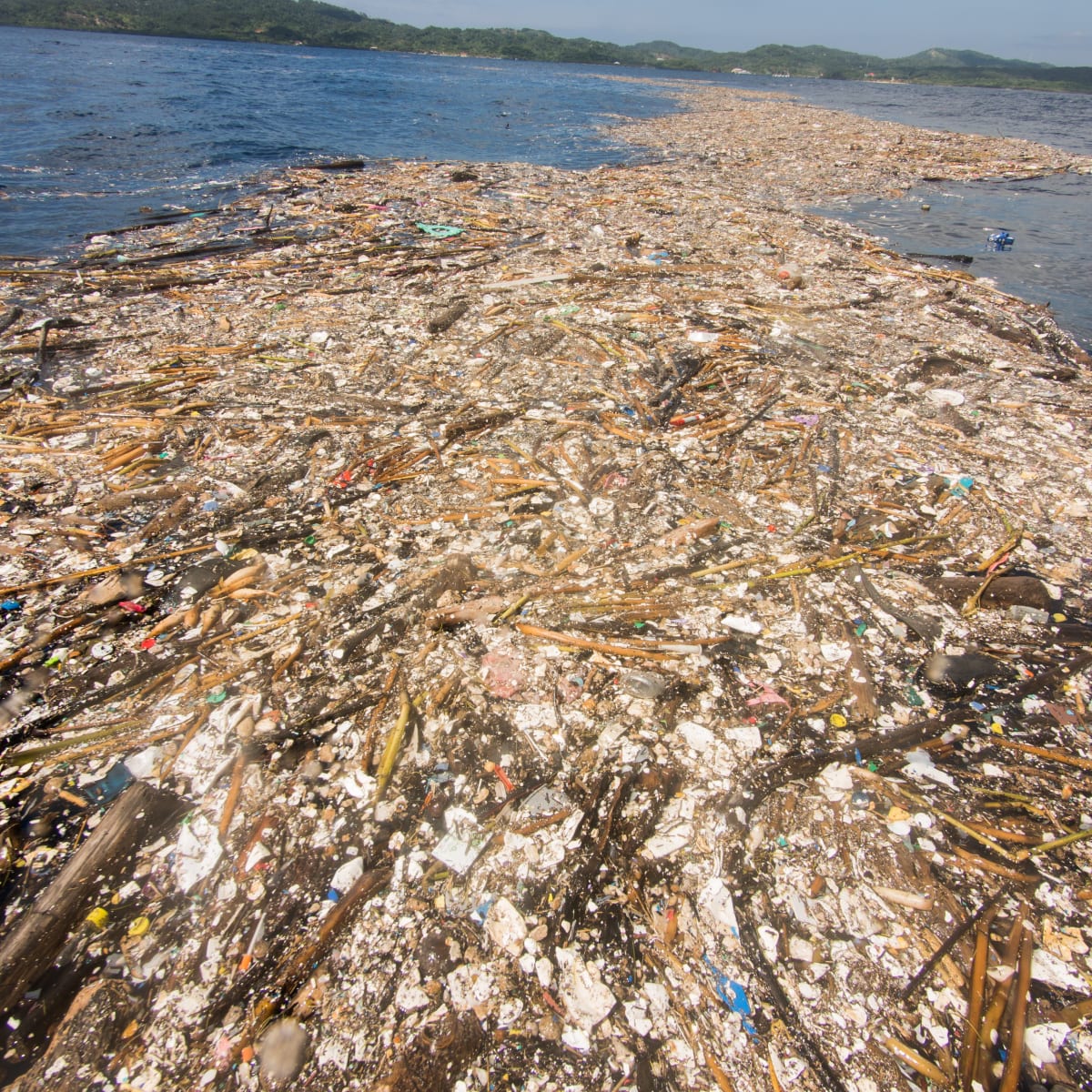 Trash Islands Are Still Taking Over The Oceans At An Alarming Rate Pacific Standard
Trash Islands Are Still Taking Over The Oceans At An Alarming Rate Pacific Standard
 The Great Pacific Garbage Patch Taking Out The Trash
The Great Pacific Garbage Patch Taking Out The Trash
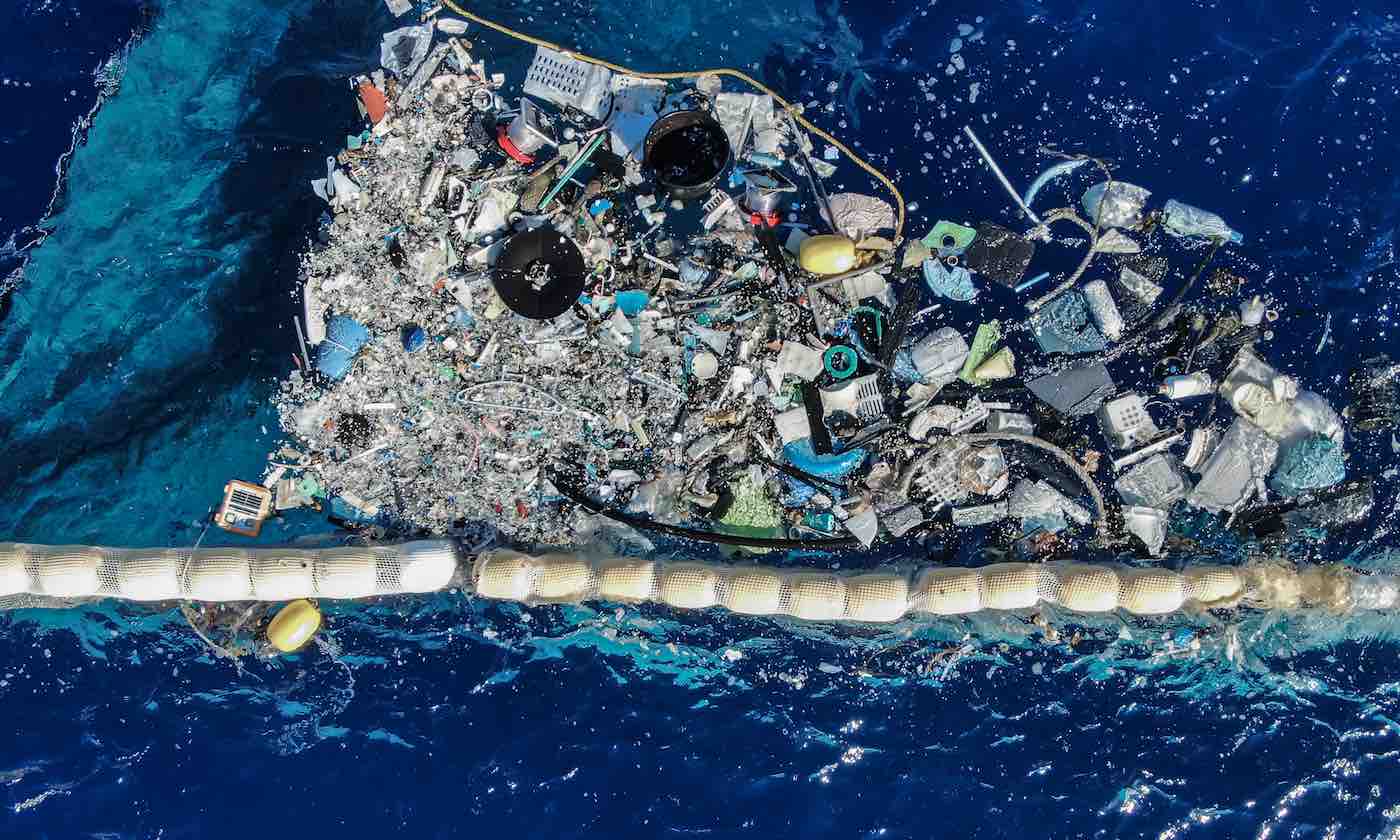 Ocean Cleanup Makes History By Successfully Collecting First Plastic From Great Pacific Garbage Patch
Ocean Cleanup Makes History By Successfully Collecting First Plastic From Great Pacific Garbage Patch
 Great Pacific Garbage Patch Ocean Pollution Awareness Youtube
Great Pacific Garbage Patch Ocean Pollution Awareness Youtube
 The Pacific Ocean Garbage Patch Is A Phenomenon That Occurs Due To Ocean Currents Swirling In T Great Pacific Garbage Patch Ocean Garbage Patch Ocean Pollution
The Pacific Ocean Garbage Patch Is A Phenomenon That Occurs Due To Ocean Currents Swirling In T Great Pacific Garbage Patch Ocean Garbage Patch Ocean Pollution
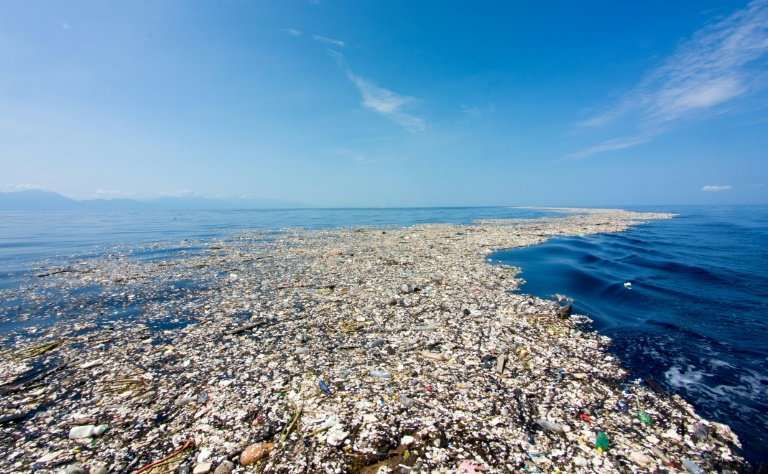 Pacific Plastic Dump Far Larger Than Feared Study
Pacific Plastic Dump Far Larger Than Feared Study
 Rubbish Found At Bottom Of The Ocean In Deepest Ever Sub Dive
Rubbish Found At Bottom Of The Ocean In Deepest Ever Sub Dive
 How Can We Destroy The Great Pacific Garbage Patch Wwf Australia Wwf Australia
How Can We Destroy The Great Pacific Garbage Patch Wwf Australia Wwf Australia
 The Great Pacific Garbage Patch Environmental Center University Of Colorado Boulder
The Great Pacific Garbage Patch Environmental Center University Of Colorado Boulder
 Plastic Ocean The Great Pacific Garbage Patch Biodiversity Reset Org
Plastic Ocean The Great Pacific Garbage Patch Biodiversity Reset Org
 Great Pacific Garbage Patch National Geographic Society
Great Pacific Garbage Patch National Geographic Society
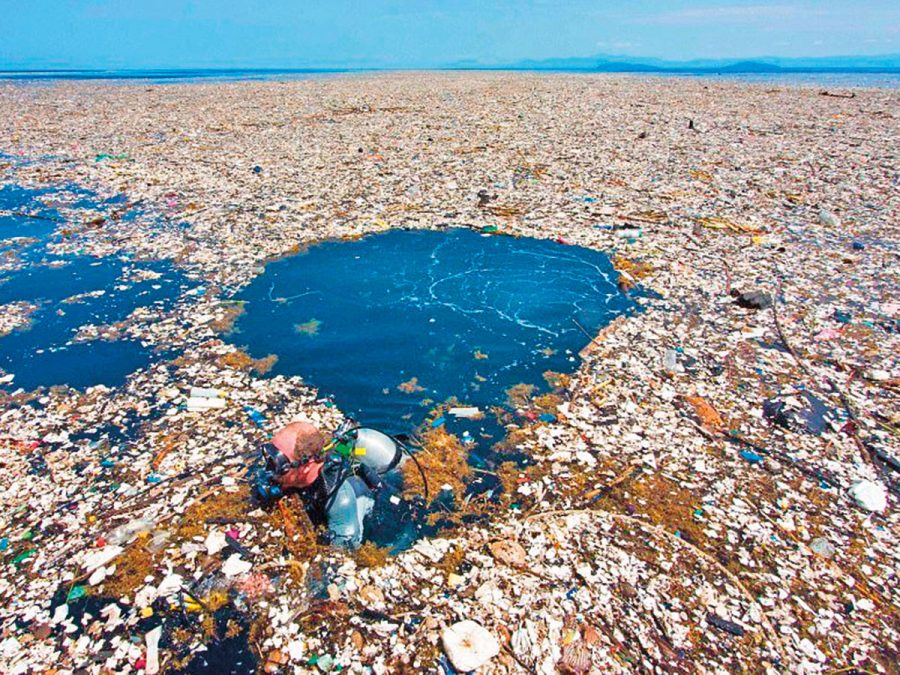 Floating Garbage Patches Grow In The Pacific Ocean Chile Today
Floating Garbage Patches Grow In The Pacific Ocean Chile Today
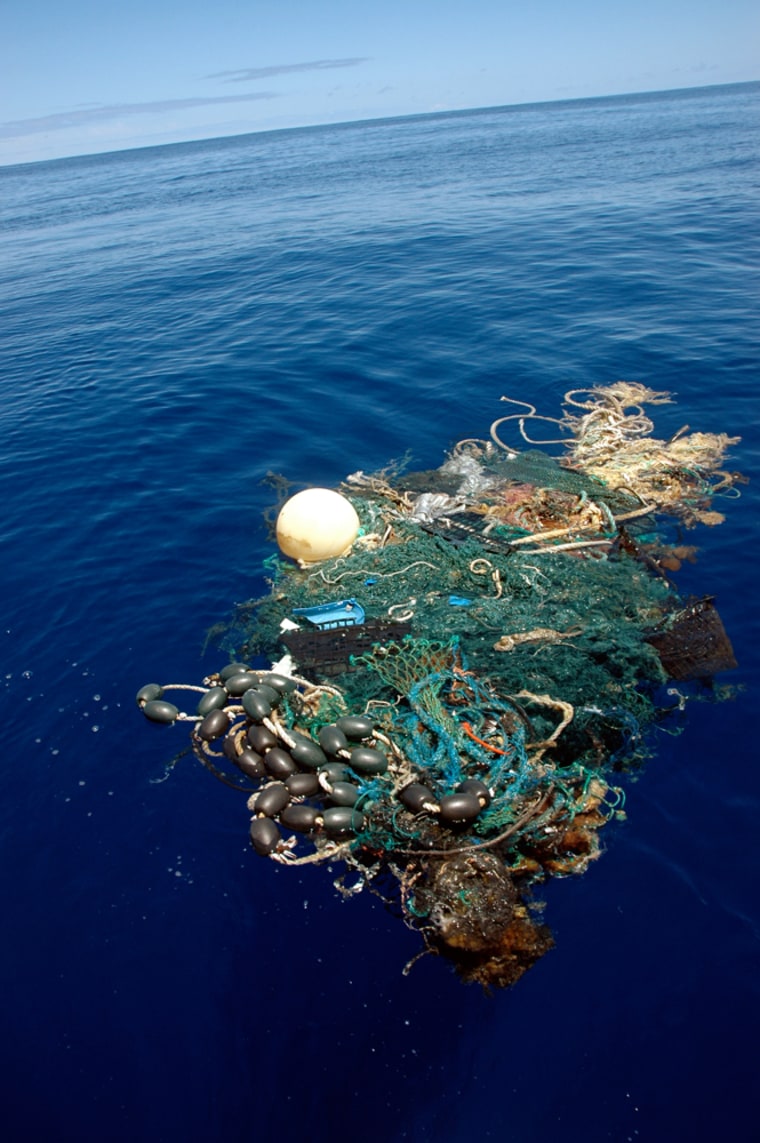 Growth Of Ocean Garbage Patch Alarms Experts
Growth Of Ocean Garbage Patch Alarms Experts
 Greatpacificgarbagepatch2 Jpg 2560 2048 Great Pacific Garbage Patch Garbage In The Ocean Garbage
Greatpacificgarbagepatch2 Jpg 2560 2048 Great Pacific Garbage Patch Garbage In The Ocean Garbage
Comments
Post a Comment